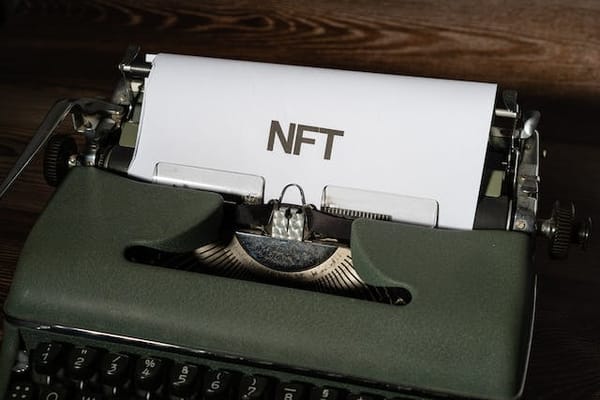Building Emergency Funds: A Guide for Personal Finance Beginners
Start your financial journey right with our guide on Building Emergency Funds. Essential tips for personal finance beginners, ensuring financial security and peace of mind

In a world of financial uncertainties and unexpected twists, having an emergency fund isn't just a good idea – it's essential. Whether you're fresh out of college or are a seasoned professional looking to bolster your financial security, the concept of saving for a rainy day can be both daunting and crucial. This comprehensive guide is designed to demystify the art of building an emergency fund and put you on a path toward a more stable financial future.
Why You Need an Emergency Fund
Before diving into the nitty-gritty of how to build an emergency fund, let's understand why it's so vital. An emergency fund serves as a financial cushion, ready to support you in times of unforeseen crises, such as job loss, medical emergencies, or significant home repairs. It prevents you from sliding into debt or having to liquidate long-term investments.
The Benefits of Financial Preparedness
An emergency fund offers myriad benefits:
- Reduces stress and anxiety about the future
- Provides a sense of financial security
- Safeguards your long-term financial goals
- Offers a buffer for temporary emergencies that could otherwise derail your monthly budget
In essence, an emergency fund allows for a peace of mind that can't be measured in monetary terms.

Understanding Emergency Funds
What exactly is an emergency fund, and how much should you save? An emergency fund is a dedicated amount of money set aside to cover life's unexpected expenses – anything from a pet emergency to a sudden need for a new car transmission. It should be easily accessible and not tied to investments that might take time or could incur penalties to liquidate.
Recommended Savings Target
Financial advisors often recommend saving three to six months' worth of living expenses, though the exact amount varies based on individual circumstances. Factors to consider when setting this goal include:
- Job stability
- Number of dependents
- The state of your health
- Monthly expenses
The key is to save an amount that would comfortably cover your most essential bills and costs if your income were to cease unexpectedly.
Steps to Building an Emergency Fund
Now, let’s explore the step-by-step approach to establish an emergency fund that will be there for you when you need it most.
1. Set a Savings Goal
Your first step is to set a realistic savings goal. This means taking into account your monthly living expenses, unexpected costs that can arise, and your individual financial situation. Use the SMART criteria – Specific, Measurable, Achievable, Relevant, and Time-bound – to define your goal precisely.
2. Create a Budget
A detailed budget is the bedrock of financial management. Track every dollar that comes in and goes out to identify trends, prioritize necessary expenses, and pinpoint areas to cut back on.

3. Cut Expenses and Increase Income
Eliminating non-essential expenses is a powerful way to beef up your saving potential. Consider strategies such as:
- Meal prepping to save on dining out
- Negotiating utility bills for lower rates
- Downsizing or minimizing monthly subscriptions
Simultaneously, seek opportunities to boost your income, like freelance work or a part-time job.
4. Automate Savings
Human psychology is a significant factor in successful saving. By setting up automatic transfers from your checking to your emergency fund, you'll save regularly without the temptation to spend.
5. Choose the Right Savings Account
Your choice of savings account matters. Look for high-yield savings accounts that offer better interest rates, helping your money grow over time. Be sure to consider different banks and financial institutions for the best account that meets your needs.
6. Stay Committed and Track Progress
Consistency is key. Commit to your savings goals and routinely check in on your progress. Celebrate milestones, such as reaching 25% or 50% of your savings target, to stay motivated.
Common Challenges and Solutions
Building an emergency fund isn't without its hurdles. Here's how to overcome common challenges:
Dealing with Unexpected Expenses
If a large, unforeseen cost arises while you're still building your fund, prioritize its coverage while reassessing your ongoing savings plan. This might mean temporarily cutting back in other areas.
Strategies to Overcome Setbacks
Life is unpredictable, and setbacks can occur. It's okay to pause savings if necessary, but the key is to resume as soon as possible to maintain your financial progress.
Conclusion: You're on Your Way
Remember, building an emergency fund isn't an overnight process. It requires dedication, smart financial management, and the willingness to adapt to life's surprises. By following this guide, you're taking a crucial step toward financial freedom and preparedness. Start today, and let your emergency fund be the solid foundation of your financial future. Your future self will thank you for it.



